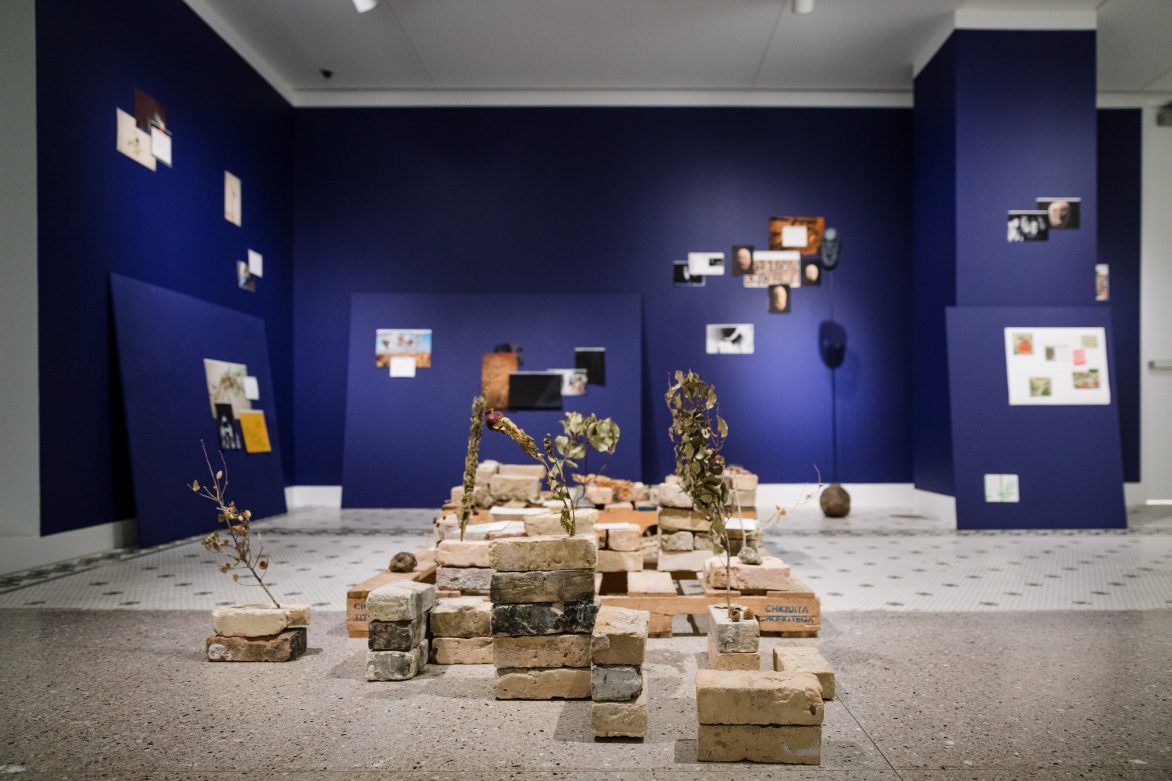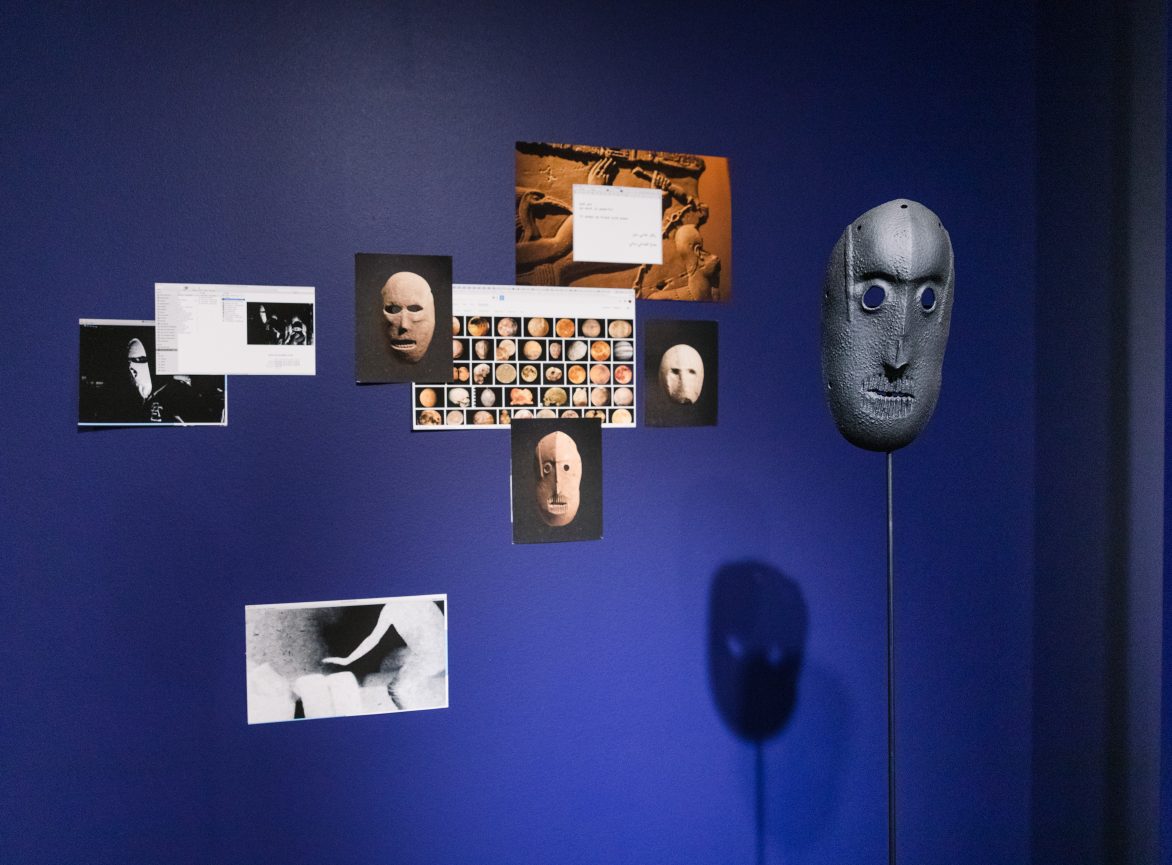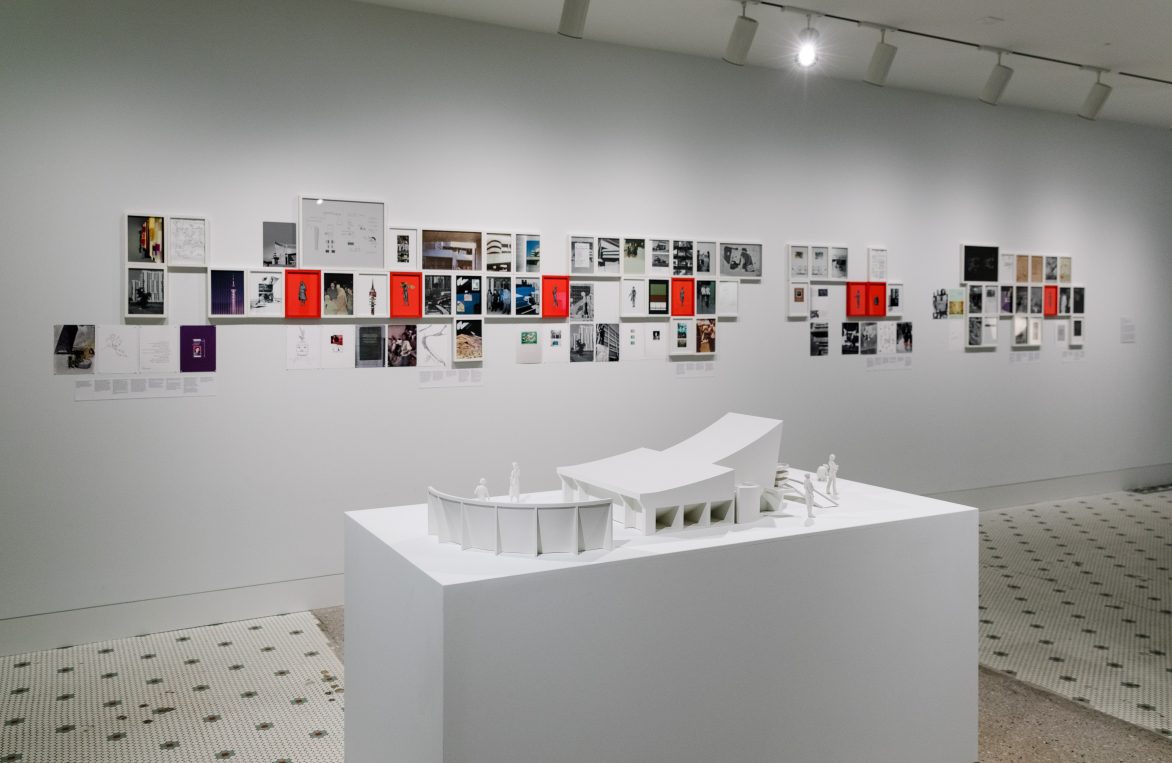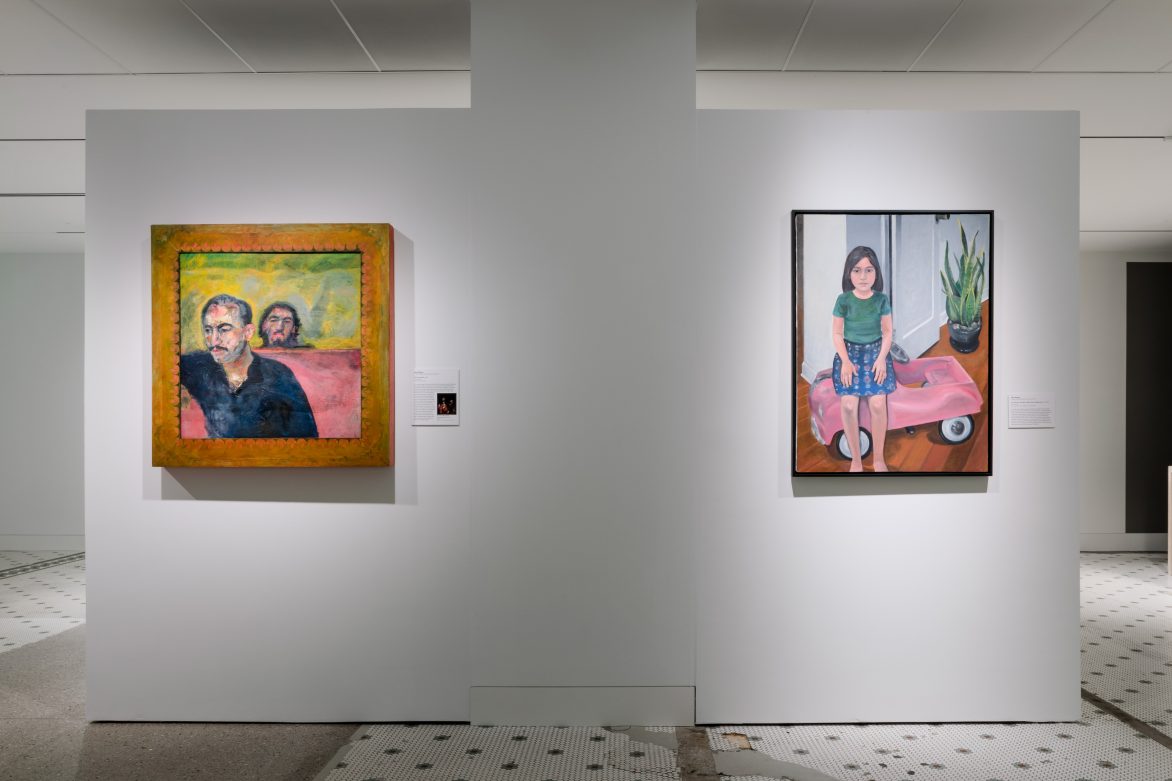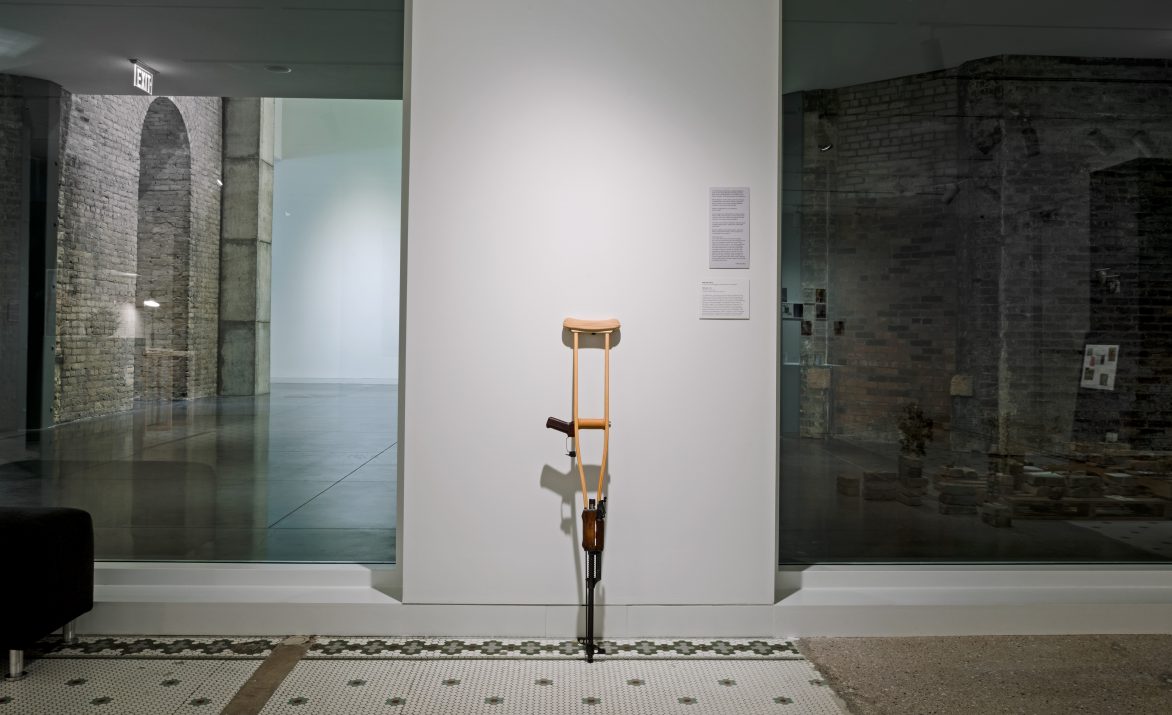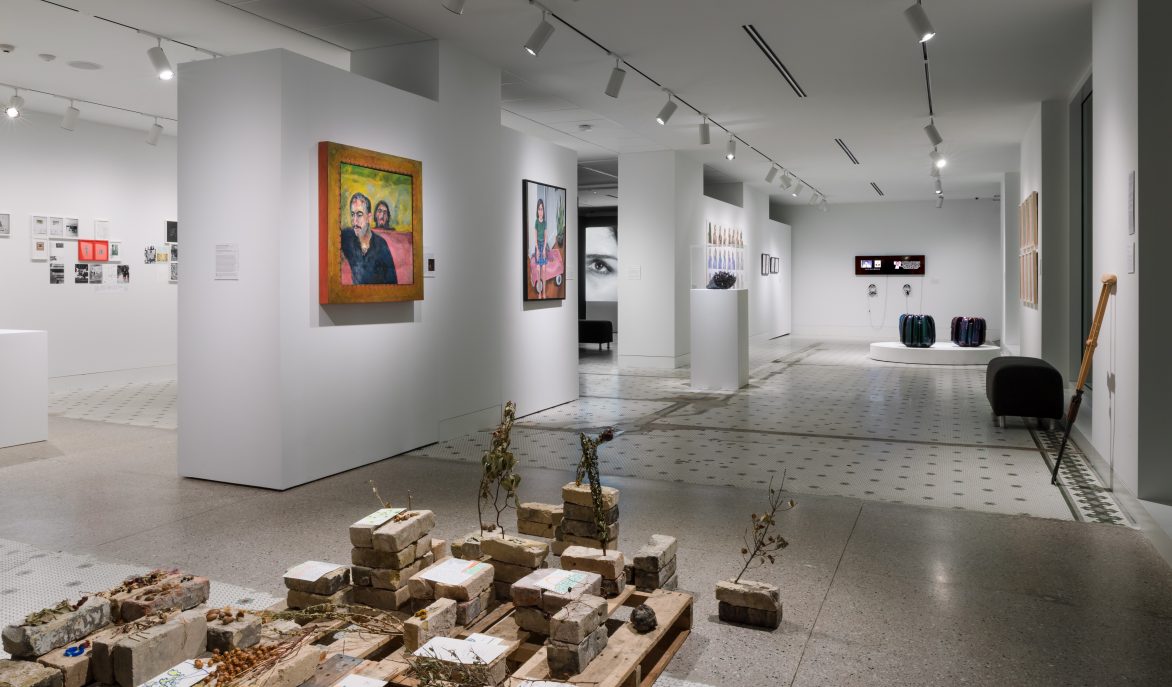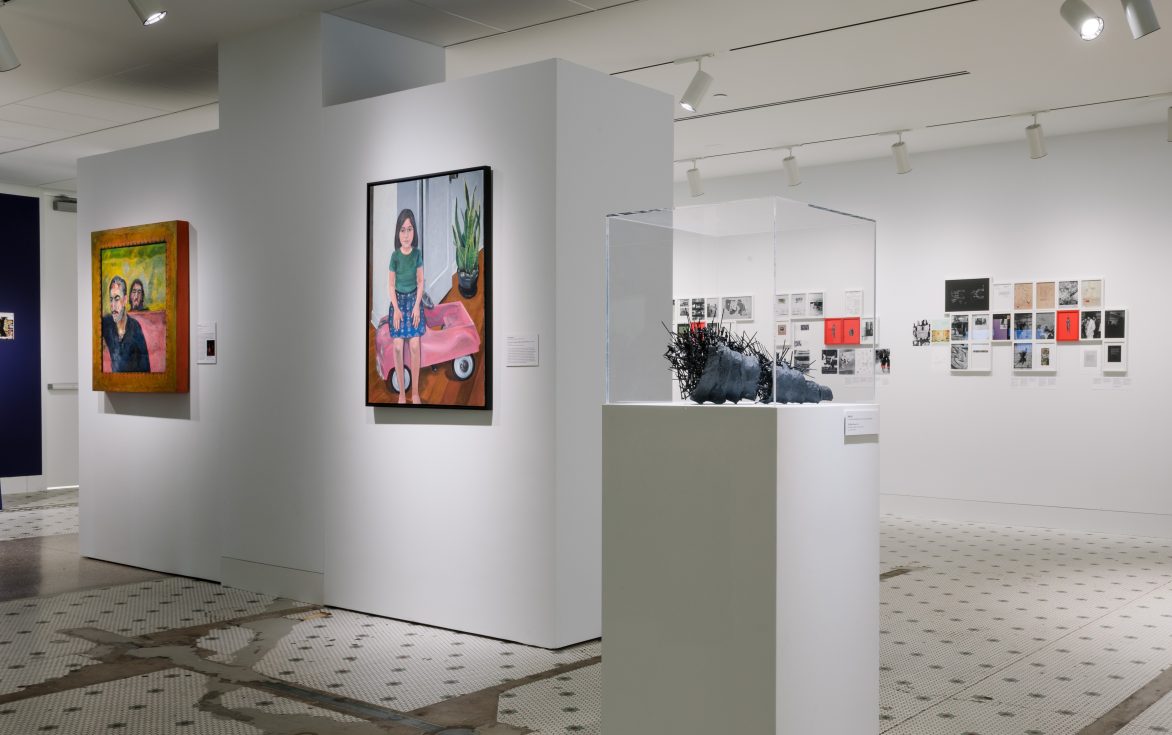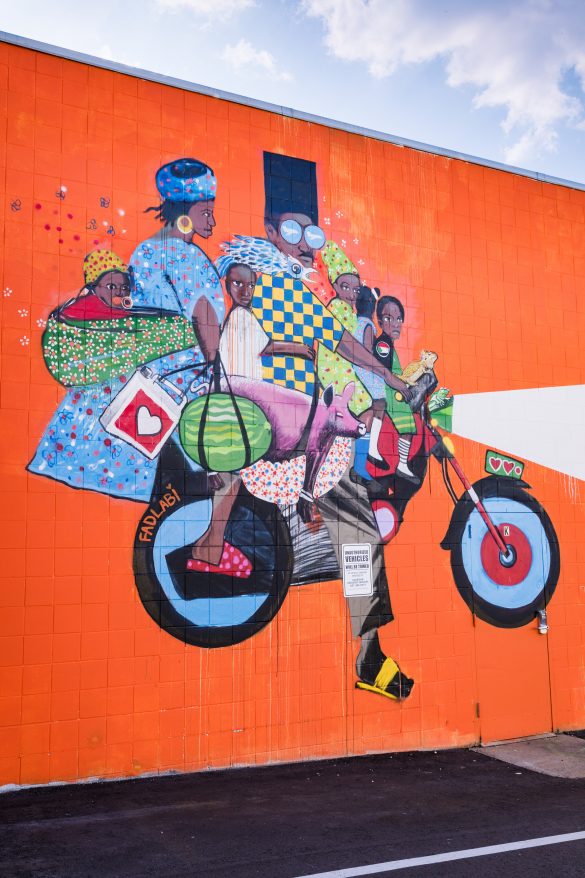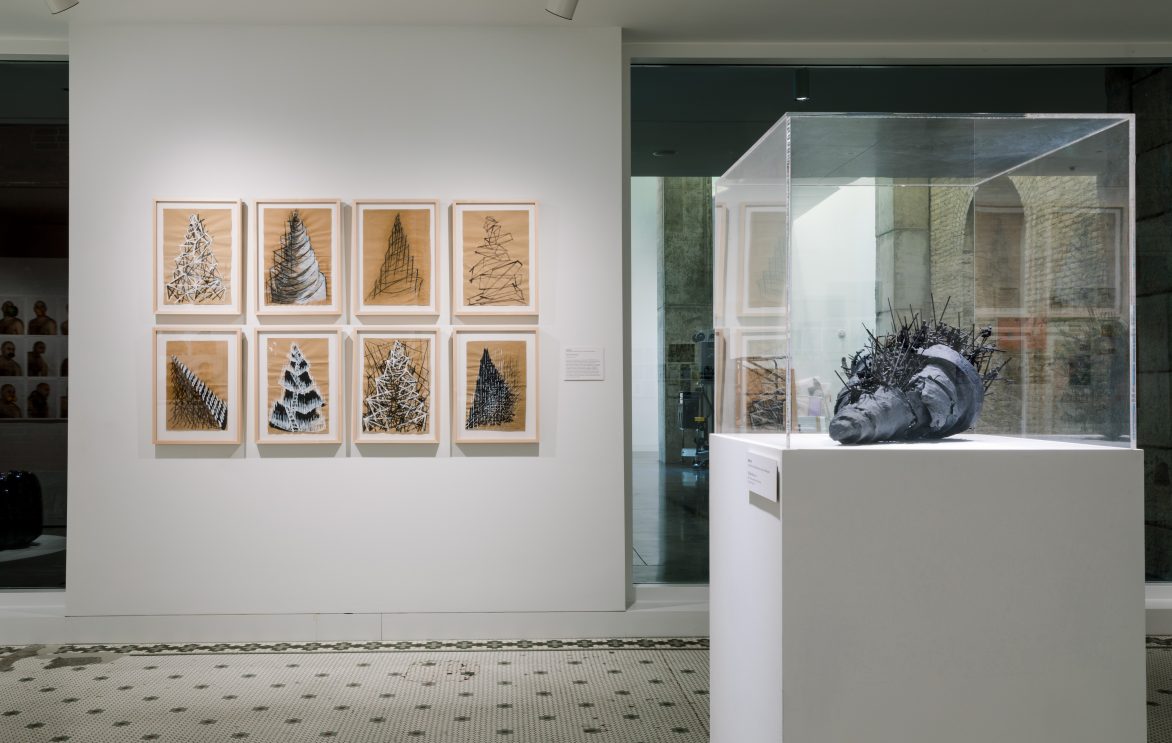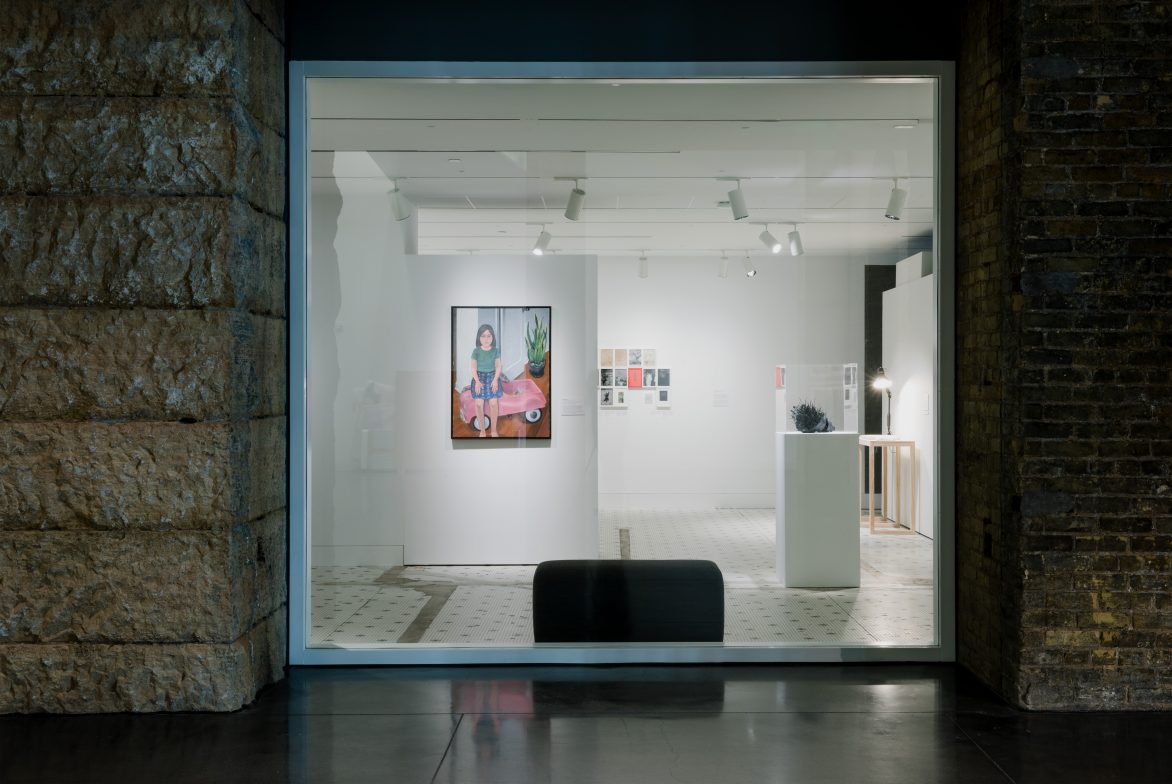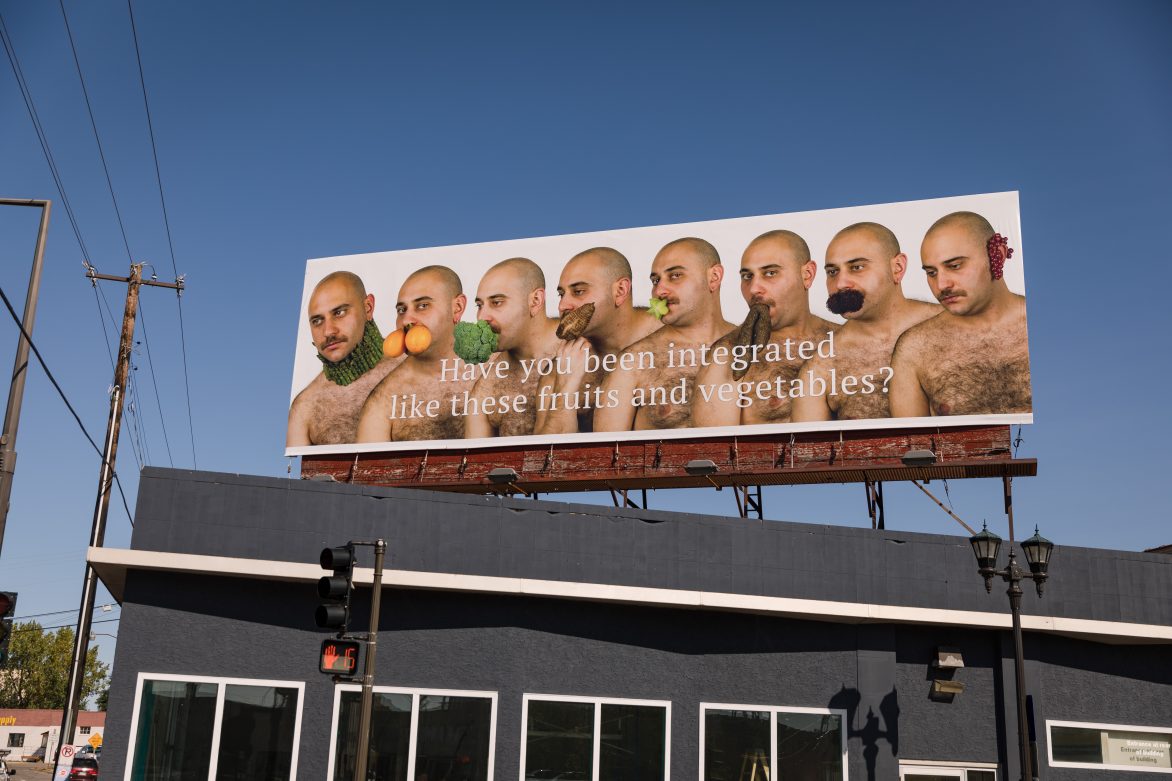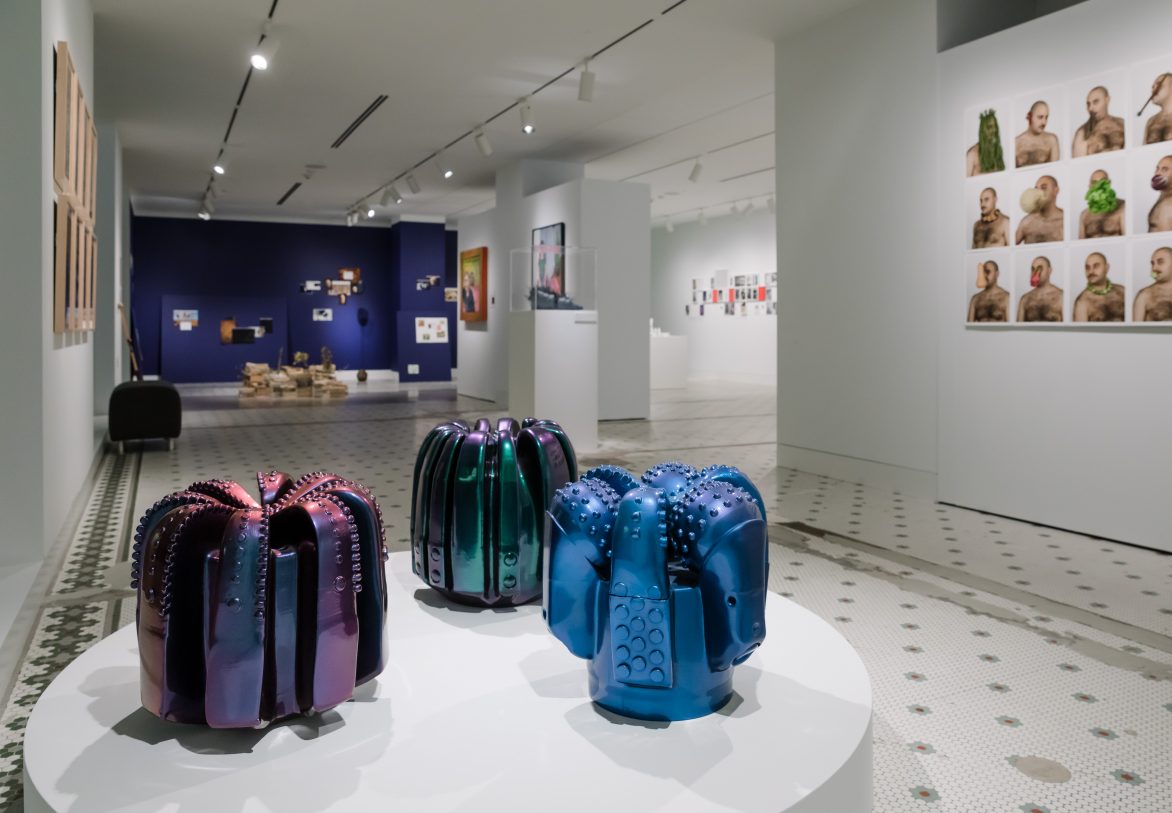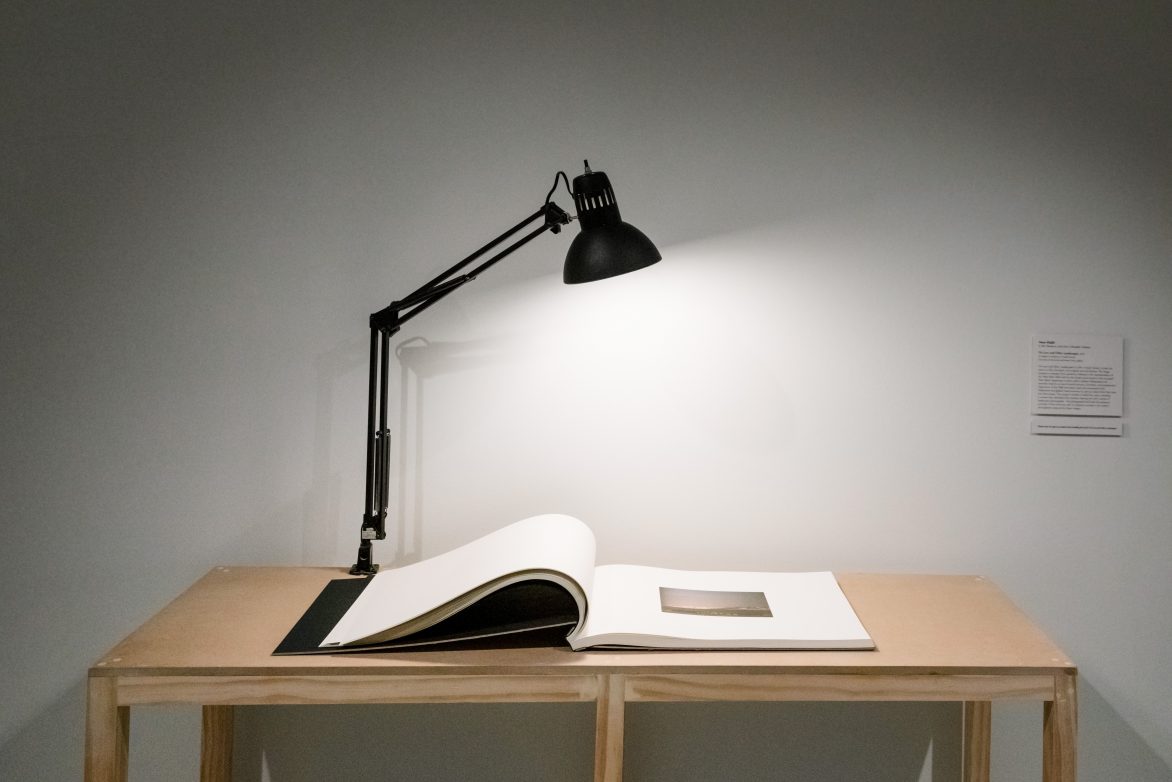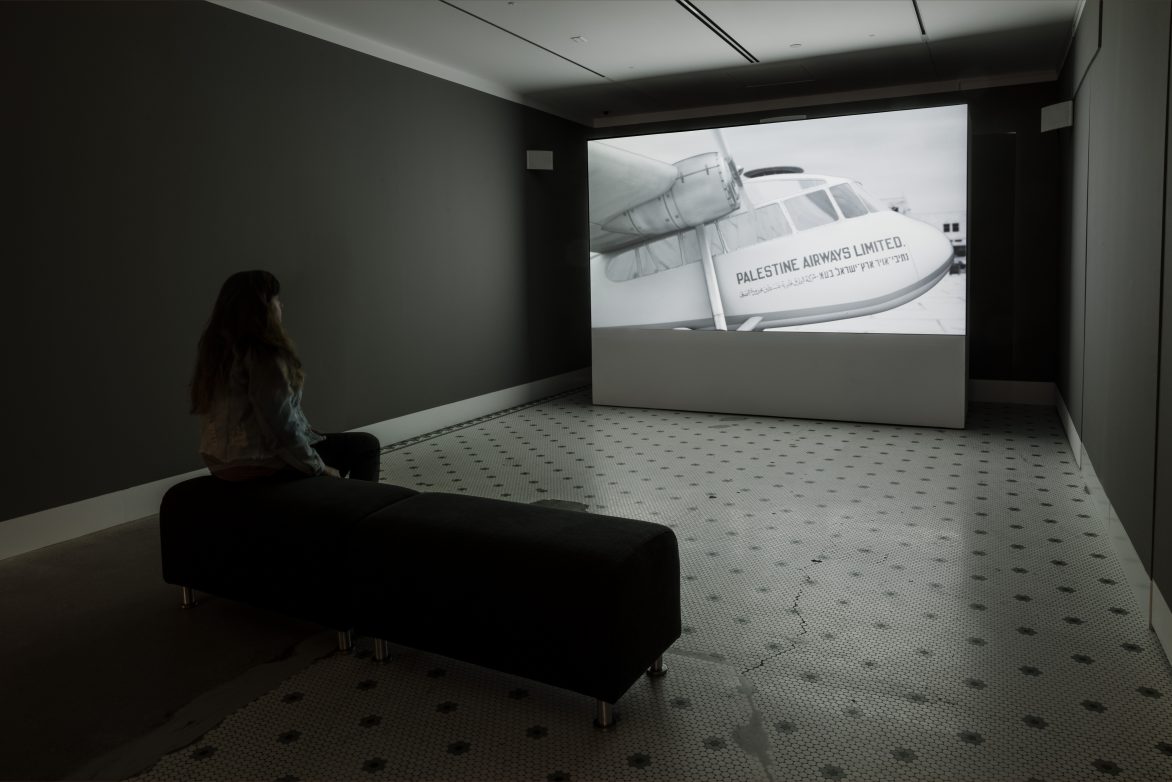Coinciding with the twentieth anniversary of Mizna’s flagship art and literary journal, the exhibition’s roster is selected from the list of artists highlighted in its pages: Hamdi Attia, Basel Abbas and Ruanne Abou Rahme, Osama Esid, Fadlabi, Adelita Husni-Bey, Emily Jacir, Yazan Khalili, Joe Namy, Monira al Qadiri, Alaa Satir, Zineb Sedira, Athir Shayota, Nida Sinnokrot, Walid Siti, Raed Yassin, and Ala Younis. This exhibition recognizes the so-called Arab world and its diaspora as multiform, made up of 22 countries with distinct histories as well as diverse ethnicities, languages, and religions. Through visual art, book art, installation, and video, the exhibition’s 17 U.S.-based and international artists engage the “Arab imaginary” as a strategy for examining various social, cultural, and political positions, making connections between contemporary geopolitics and the histories that inform them. These artists address challenges in representation, including the misunderstandings and missteps, and the limiting and problematic terms that are often used to define the region, especially in the U.S. History Is Not Here rejects the idea of history as a fixed category and looks to alternative imagery and language structures from which new “imaginaries” can be generated.
History is Not Here: Art and Arab America
“Our grantees range from small arts organizations with one staff member to major museums, yet they all provide essential resources for artists as well as innovative platforms for critical cultural dialogue. Creative risk-taking is at the heart of this country’s most meaningful social, political, and cultural developments, therefore we are proud to stand behind artist-centered organizations that support experimental practice.”
Joel Wachs, President
